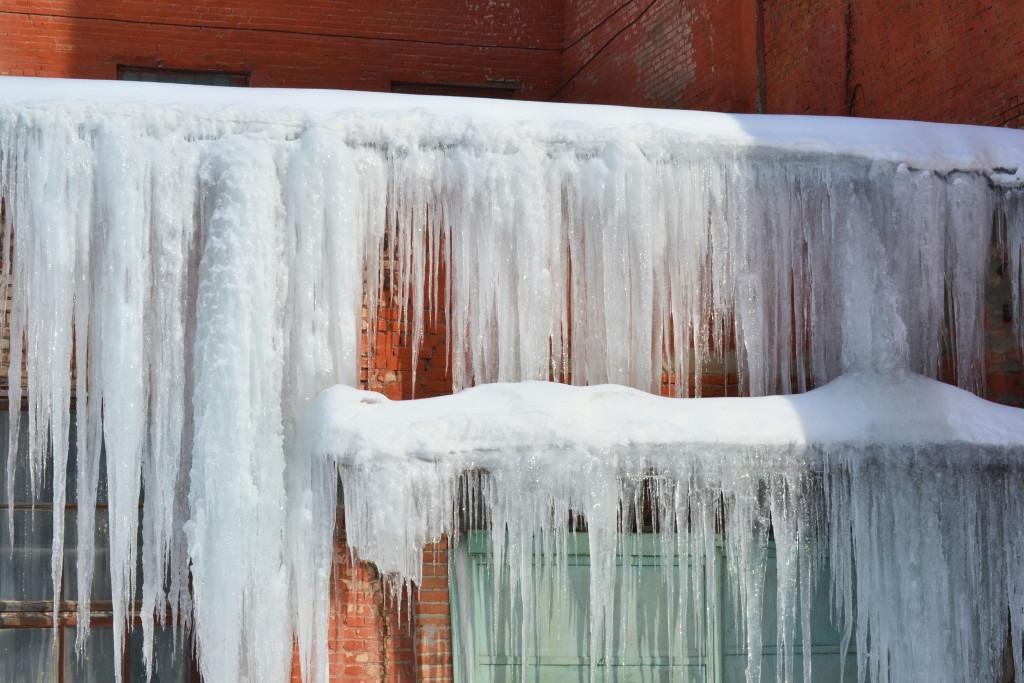Winter is the season for creating warmth inside our homes using cozy sheets, wool clothing, and our beloved hot chocolate. For the most part, we can manage by having a fireplace or a heating system in place during the cold season. But heat energy is constantly escaping our homes and costing us a lot of money. When we use our heating systems to create warmth, the process of convection occurs when the heat dissipates as the objects around it are absorbing it and the air is cooled back down.
To prevent this from happening, we have to ensure that our homes are properly insulated rather than slow down this process. This can help us save energy and prevent our earnings from quickly escaping into thin air. Here are some steps that you can take to ensure a warm home for winter.
Insulate Your Home’s Thermal Envelope
The thermal envelope consists of your home’s roof, walls, and floor. These are the major areas where heat escapes during the cold winter months (and where it seeps in during summer).
Roof insulation
One of the most common places where heat escapes our homes is through our roofs. All the heat our conditioning systems create will eventually rise to our attics. And when the heated air hits the cooled roof, the heat is absorbed and is lost. This is where roof insulation comes in. When your roof is properly insulated, the natural dissipation of the heated air is slowed down, keeping the warmth contained inside our homes for longer.
You can choose from many options such as insulation blankets, rigid foam, insulation panels, etcetera. The factors that you need to consider are the varying costs, the installation method, the R-value rating that measures the effectiveness of the insulation, and your home’s location, which might require different insulation levels.
Wall insulation
Just like the roof, the walls have to be insulated. In the thermal envelope, the walls are the major areas where heat escapes the most at about 35%. Newer homes usually have cavity walls that contain insulation material. But many older homes have solid walls that have degraded over the years and do not have the needed insulation against the cold air. If you have this kind of home, you should consider having the interior or exterior walls insulated. Along with this, our glass windows and doors also let out a lot of the heat during winter. Consider double glazing to add an extra layer of insulation to the glass material.

Floor insulation
The floor also lets heat escape and the cold air in through its many holes and cracks. Old homes that usually have temperature conducting floor materials need to have an added layer of insulation to help keep the air intact. Having the added insulation will also help homes with classic wooden floors as the insulation creates a barrier that prevents moisture from destroying the wood.
Prevent Drafts from Getting Inside
Check your home for holes and cracks where air can enter and escape your home. Common areas to check are doors, windows, walls, and floors. There are different ways for professionals to seal these cracks, but you can easily search the internet for inexpensive ways to do the sealing yourself.
Maintain your HVAC system
As your heating system will be used frequently during the winter months, you have to make sure that your furnace and your HVAC (heating, ventilation, and air conditioning) system are working properly. Start with having the filters cleaned or replaced as needed. This will help your system to filter air more efficiently. Contact a professional if repairs are also necessary.
Add curtains and rugs
If you want to get your home warmer and more stylish for the winter, you can buy insulation curtains. Insulation curtains typically are thicker and heavier curtains that contain layers of material to help keep the warm air inside your home. They come in a variety of designs that you can match with your aesthetic. If you have a bare floor that can get cold easily during the winter months, get yourself some carpets and rugs to add an extra layer of insulation to your floor. There are also carpets specifically made to add insulation that you can purchase.
All of these tips will help maintain the heat inside your home and reduce the use of your heating system, ultimately lowering your bills. Saving energy also helps the environment in our battle with climate change. For this coming winter, let us keep ourselves warm and safe in the company of our friends and family.

